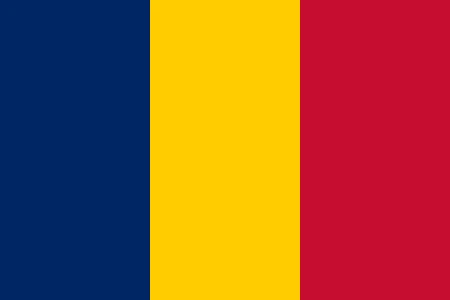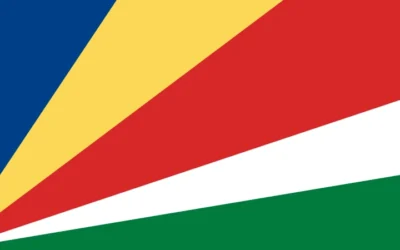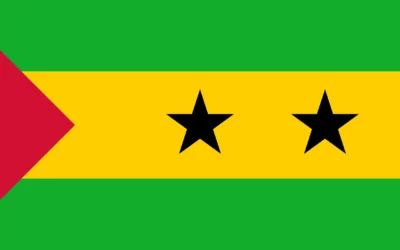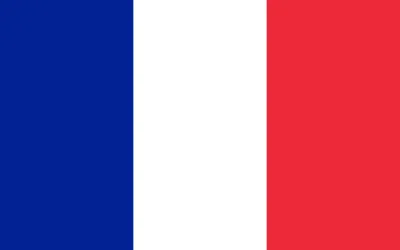Chad Travel Guide
Discover Why You Should Visit Chad
Why Visit Chad?
Chad is a vast and diverse country in Central Africa, known for its dramatic desert landscapes, rich cultural heritage, and remote beauty. It is one of the least-visited countries in the world, making it an ideal destination for adventurers looking to explore uncharted territory.
From the towering peaks and rock formations of the Ennedi Plateau to the colorful cultures of the Sahel, Chad offers raw and rewarding travel experiences unlike anywhere else.
Ideal for: Intrepid travelers, desert explorers, cultural anthropologists, and those seeking solitude and natural beauty.
Must-Know Facts
Capital/Major City: N’Djamena
Language(s): French and Arabic (official), with over 120 local languages
Currency: Central African CFA Franc (XAF)
Best Time to Visit: November to February (cooler dry season)
Fun Fact: Lake Chad, once one of the largest freshwater lakes in the world, has shrunk significantly over the past century but remains an important ecological and cultural site.
Top Things to Do
Explore the sandstone arches, canyons, and rock art of the Ennedi Plateau
Visit Zakouma National Park for a unique and remote wildlife safari
Experience local markets and cultural life in N’Djamena
Travel to Lake Chad for a look at the region’s vital but shrinking water source
Engage with the traditions of nomadic groups such as the Toubou and Fulani
Local Culture & Lifestyle
Chad is a mosaic of ethnic groups, each with its own languages, dress, customs, and traditions. Nomadic herding and village agriculture are central to the economy and lifestyle.
Religious life is diverse, with Islam dominating the north and center, and Christianity and traditional beliefs common in the south.
Storytelling, music, and dance remain important in rural communities, reflecting centuries of oral history and social connection.
Food & Drink Highlights
Street Food: Grilled meat (brochettes), millet porridge, bean stews, rice with tomato sauce
Restaurants: Le Central and Côté Jardin in N’Djamena, small local eateries
Drinks: Karkanji (hibiscus drink), millet beer, ginger tea
Desserts: Sesame seed sweets, dates, and fried dough snacks
Main Dish & Culinary Symbols
Signature Dish: Jarret de boeuf (braised beef shank) with vegetables and sauce, often served with rice or millet
Common Ingredients: Millet, sorghum, rice, okra, beef, goat, tomatoes, peanuts
Culinary Culture: Meals are typically shared, with communal eating using hands or spoons, depending on the region
Symbols & Icons of the Area
Natural Icons: Ennedi Plateau, Lake Chad, Zakouma National Park, Tibesti Mountains
Cultural Icons: Toubou camels and caravans, traditional mud architecture, woven mats and leatherwork
Hidden Gems & Off-the-Beaten-Path
Guelta d’Archei, a remote desert oasis with rock art and crocodiles
The Tibesti Mountains, home to some of the highest peaks in the Sahara
Gaoui village, known for its pottery and traditional Sara culture
Shopping & Souvenirs
What to Buy: Handcrafted jewelry, Tuareg leather goods, woven mats, wooden carvings, desert salt
Where to Shop: N’Djamena’s central market, village artisans in Ennedi or Gaoui
Getting Around
Public Transport: Limited to minibuses and shared taxis in urban centers
Car Rentals: Essential for travel to rural and desert areas, often with 4×4 vehicles and drivers
Tip: Many areas require permits or escorts due to security regulations
Walkability: Moderate in city centers and small towns
Travel Tips
Travelers must check current security conditions, as some areas may be restricted or unsafe
French and Arabic are widely spoken; knowledge of either is helpful
Bring cash, as ATMs and card services are limited outside N’Djamena
Dress modestly, particularly in northern Muslim-majority regions
Where to Stay
Budget: Guesthouses and local auberges in N’Djamena and regional towns
Mid-range: Le Méridien N’Djamena, Hôtel du Chari
Luxury: Limited, but some high-end lodges are available in Zakouma National Park
Unique: Desert camps, eco-lodges, or traditional nomadic tents with local guides
Sample 4-Day Itinerary
Day 1: Arrive in N’Djamena, explore local markets, the National Museum, and riverside promenade
Day 2: Travel to Zakouma National Park for afternoon wildlife viewing and overnight stay
Day 3: Safari and birdwatching in the park, visit nearby villages
Day 4: Return to N’Djamena or extend journey to Ennedi Plateau with local expedition company






0 Comments